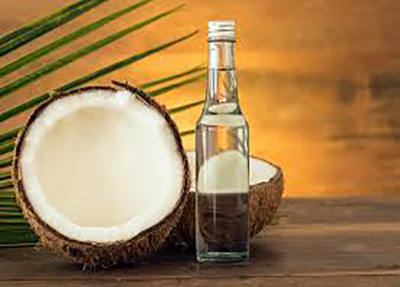Coconut oil is certainly not an unfamiliar name with most of us, but virgin coconut oil might be. Unlike what many of you might assume, it is not simply another name given to the ordinary coconut oil by some company just to increase sales numbers by claiming that it is the purest available form.
There is really a substance called virgin coconut oil and, if not entirely, it has some important differences from ordinary coconut oil. These differences mainly lie with the source (more specifically, the physical form of the source), the method of extraction, and its subsequent benefits. Virgin coconut oil is rapidly gaining in popularity throughout the world in comparison to ordinary coconut oil, and it is not without good reason.











